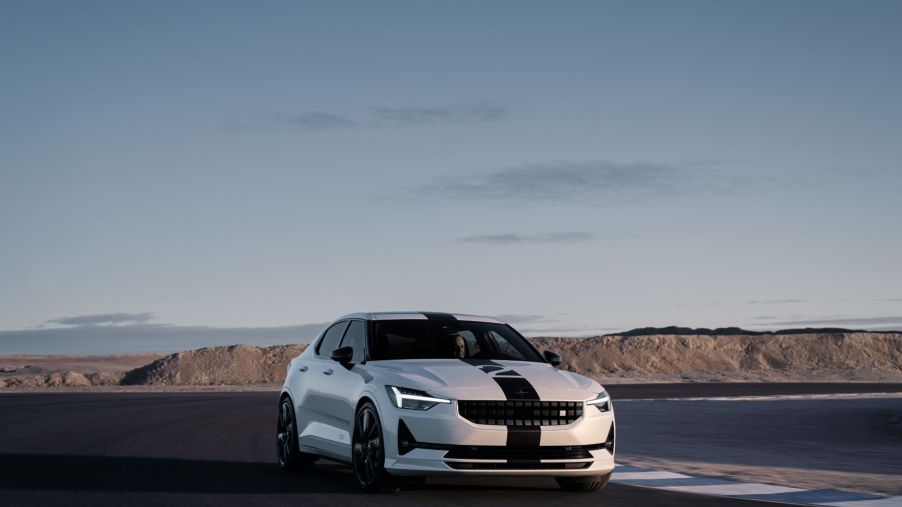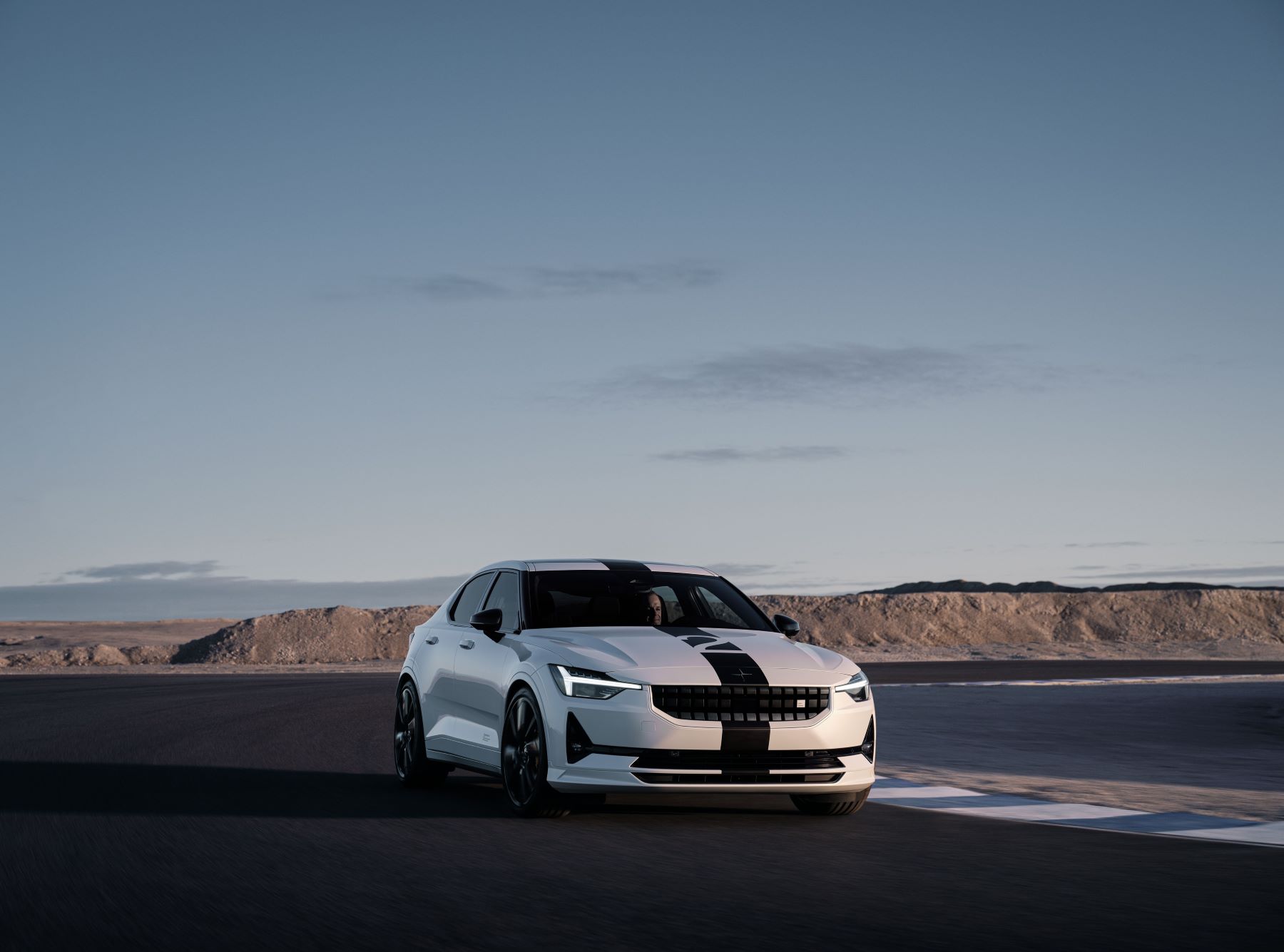
Exclusive Polestar 2 BST Edition 270 Is an EV for Elite Muscle Car Fans
Muscle cars have always been a way people can whet their appetite for a high-performance vehicle but still have the usefulness of a daily driver. With the discontinuation of some muscle car nameplates, though, what options will there be to satisfy muscle car enthusiasts? One such vehicle is an excellent example of a replacement, and it happens to be an EV. The brand responsible for its creation is a newcomer in the field, Polestar. What is the car, and how did it come about?
What makes the Dodge Charger muscle car so appealing?
The Dodge Charger has always been known for its performance and aggressive styling, giving its muscle car status. From the 1960s all the way until today, it’s been powered by some hefty engines, ranging from a 5.2-liter to a 7.2-liter V8.
Decades ago, these engines could produce up to 425 hp, but today, it’s not uncommon to see outputs of around 800 hp, depending on which unit is installed in your vehicle. While that alone can make the four-door car appealing to the fans, it also helps that it’s been showcased in a few speed-themed movies, like Bullitt and the Fast and Furious.
Dodge fashioned the car for speed, but it isn’t like your typical supercars as Porsche makes. It’s meant to be a daily driver that packs a punch, turns heads with its looks, and is useful to drive.
Why choose the Polestar 2 BST Edition 270 EV?

With the Dodge Charger working its way out of the brand’s lineup, one would think it could never be replaced. That’s undoubtedly true, but there may be one vehicle that could come pretty close, and that’s the Polestar 2 BST Edition 270 EV.
This electric vehicle is reminiscent of the Charger, at least to a point. There are curved lines along the body panels, an aggressive-looking front grille, and a racing stripe that extends from the front fascia over the roof and down to the rear bumper. However, the racing stripe is a $1,000 addition. Still, that’s not the only similarity it has.
According to Polestar, this EV has a dual-motor setup like the standard Polestar 2 model. For this special edition version, both units are tuned to offer a combined output of 476 hp and 502 lb-ft of torque, which enables the BST Edition model to go from 0 to 60 mph in 4.2 seconds. So, the electric sedan packs about as much punch as some of the Charger versions do.
Even the brakes are impressive. The BST Edition comes standard with Brembo brakes, a common fixture on performance models. For $75,000 to start, the BST Edition 270 offers a lot of quality, durability, and performance for the price of a standard luxury car.
The main problem with this model is the Polestar website reports, “due to an overwhelming response, registration of interest for Polestar 2 BST edition 270 has now closed.” It looks like the brand went through the 270 limited models already.
Where did the Polestar 2 BST Edition 270 come from?
Out of the imagination of Polestar’s CEO, Thomas Ingenlath, the “Beast” was born. Wanting to develop an EV with over-the-top performance, Ingenlath shared his vision with engineers who set out to put his ideas into blueprints and then into an actual one-off experimental car. Using the foundation of the standard Polestar 2, he gave it bigger wheels and a lower stance.
Once the prototype vehicle was created, Ingenlath used it as his daily driver, traveling roads in the Gothenburg area. When the Goodwood Festival of Speed rolled around, the Polestar CEO asked his engineers to develop another prototype based on the Polestar 2 electric sedan. Still, he wanted it to blow everyone away with its performance, which it ultimately did.
The second experimental vehicle, inspired by the “Beast,” had twin electric motors, Akebono brakes, three-way adjustable dampers, front and rear strut bars, and stiffened springs. The response the brand received over the prototype was huge, so they set out to provide a limited edition version of that same vehicle. A few changes were made, but overall, it stayed true to the experimental version they had previously built.
The Dodge Charger is set to leave the production line in a couple of years, but that doesn’t mean you can’t get a high-performance, aggressively styled car similar to it. Polestar had created one that comes pretty close, but unfortunately, the limited run of 270 of these EV sedans has already come and gone.


